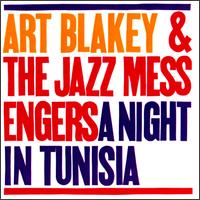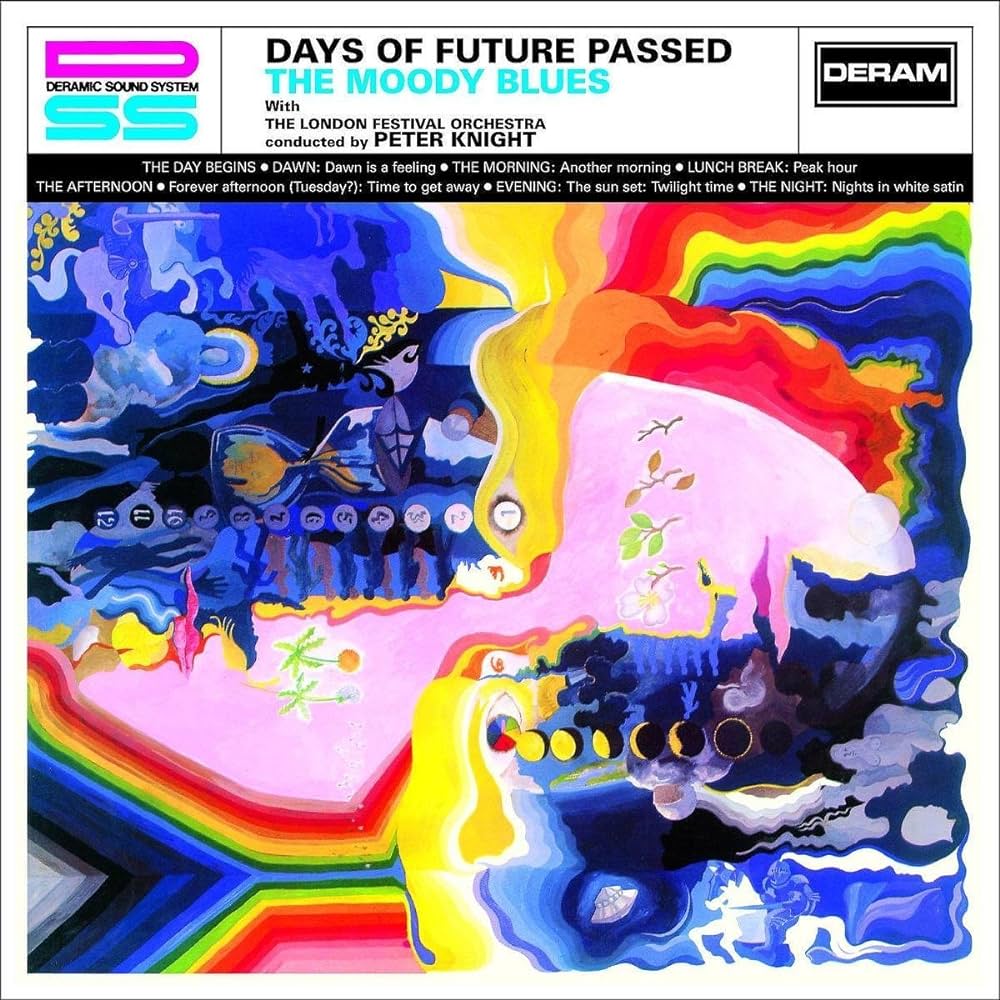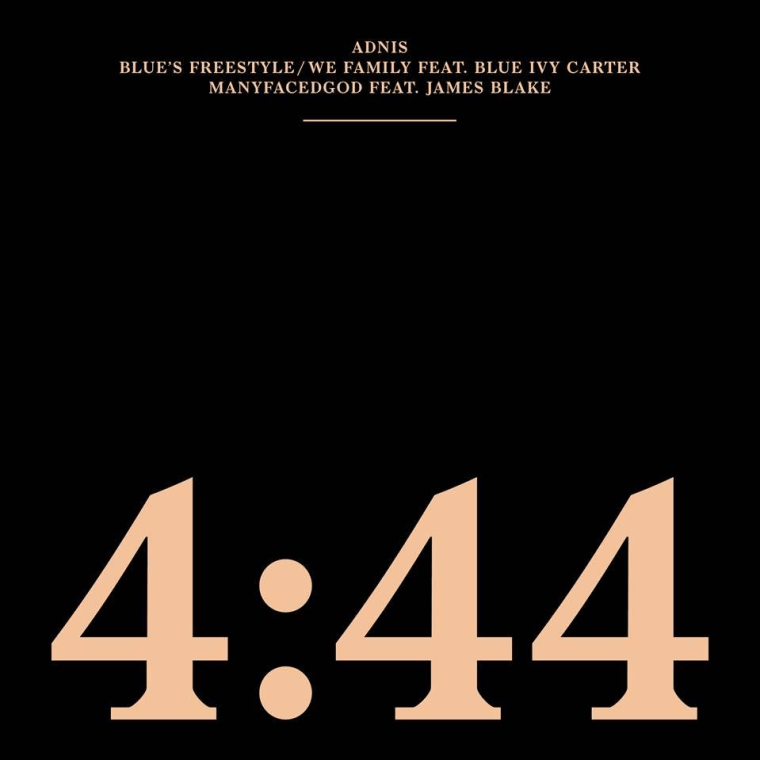Tonality, improvisation, impeccable intuition, and a giant virtuosity of musicians and artists is what ranks this album with a level of originality and uniqueness that does not exist on any other jazz recording. Art Blakey captures each artist in his most splendid wardrobe of musical notation and elegance of professionalism; and it is all on the same stage! From the beginning with the first track, Blakey explodes onto the stage all of his contents of showmanship, from the jagged thunder beats of his drum to where the serene piano unfolds itself into the perfect chaos of composition that will shortly follow, to the thorny tones of Lee Morgan’s trumpet that will part the notes so that Wayne Shorter’s saxophone will indulge our senses with musical fruition that slides into our conscience like a gypsy reading palms.
The entire mood of the album exceeds perfection. This is a jazz language that is secretly displayed before the listener who is unable to comprehend the effort involved. The sound of each instrument blending into colorful harmony is a carefully selected plan of raucous but elegant strands of blending and staging never heard on any album prior. Morgan and Shorter are a natural commingle of sophistication and dynamics as one hears the title track ‘A Night in Tunisia.’ It is unmistakable to propose the contention that these two artists were destined to challenge and engross both the audience as well as themselves. As the album widens, the language becomes expensive and recherche. Add to this acclamation the envisage of Caribbean and African imagery through austere notation of harmony as well as intensive emotion through unified discipline and restless pertinacity. The mood of the entire composition is spellbinding; however, the most notable action performed on this is the charismatic aggrandizement of the musicians themselves; each one has donated a sculpture of his musical genius.
One has the inclination of concluding upon listening to this masterpiece for the first time is that the creation itself was an entire, but noble experiment of jazz and other various and significant forms of Afro-American music; this instinct is not only correct, but mandatory to its examination. Art Blakey blends color and imagination into figurative narrations of emotion and conviction. This composition leaves the listener in a state of wonder and ecstasy. It ends itself with a listener wanting more to pander over and ease his appetite for seasoned creativity.
To be emphatic over its contribution to jazz is not a sin. While it is known by many serious jazz fans, it is applicable to mention that Art Blakey was born in Pittsburgh and that his city made some of the most notable and not-so-well-known contributions to the identical type of performances that are on this record. It is what probably gave him the idea to assemble such many-a-great men as he did on here. the milestone is not in the uniqueness of choice of performances, but the way they were carried out; you can candidly hear the difference in each track you wish to foster in. Art Blakey conjured the most prestigious ramada for the ingredients and imagination of all that is jazz on this masterpiece; there was nothing he left absent or languid on any selection. The jury jazz enthusiasts have declared this album original and righteous, even among the most amalgamated and separate members of the maximum classes of intensive listeners.
This recording is a vivacious display of Blakey’s ability not only to entertain live audiences and preserving his divine energy but is an impeccably calibrated arrangement of instinct and risk that vanquishes the natural order of all music into fabricated rehearsal and regulated energy. The lid of inventiveness and sagacity erupts from the brim of risk and instinct; the experiment is an impetuous ascendancy! Through the years this record has served as a divine mentor to other live performances in the semantics and polarities of jazz. The dialogue of noble instrumentation and the crossroads of solo performance and excursions of musicians performing simultaneously with one another is an eloquent landmark of devotion to ingenuity and endurance. The cosmic contribution of augmentation and compromise is embellished by each harmonic note and crispy acoustics this recording has preserved. It is a destined parlay of the film that is jazz, jazz conjured by some of the most highborn and visionary soloists assembled. Off the many landmarks active in the language of jazz, A Night in Tunisia is raw, pure, risky, cool, energetic, passionate, merciless, and completely reliant upon creativity and arcane synergism. The listener is inebriated at the end of the session with dank instincts of Utopian synchronicity that escalate into nocturnes of oceanic waves of bliss and contentment. It begs to be listened to again for another rewarding odyssey of escape and admiration by its presenters. It has a rival of none.
Art Blakey and the Jazz Messengers: A Night in Tunisia
Released in May of 1961.
Recorded on August 7 and 14 of 1960.
Label: Blue Note Records
Produced by Alfred Lion
PERSONNEL:
- Art Blakey – drums
- Lee Morgan – trumpet
- Wayne Shorter – tenor saxophone
- Bobby Timmons – piano
- Jymie Merritt – bass
© 2024, Mark Grago. All rights reserved.




